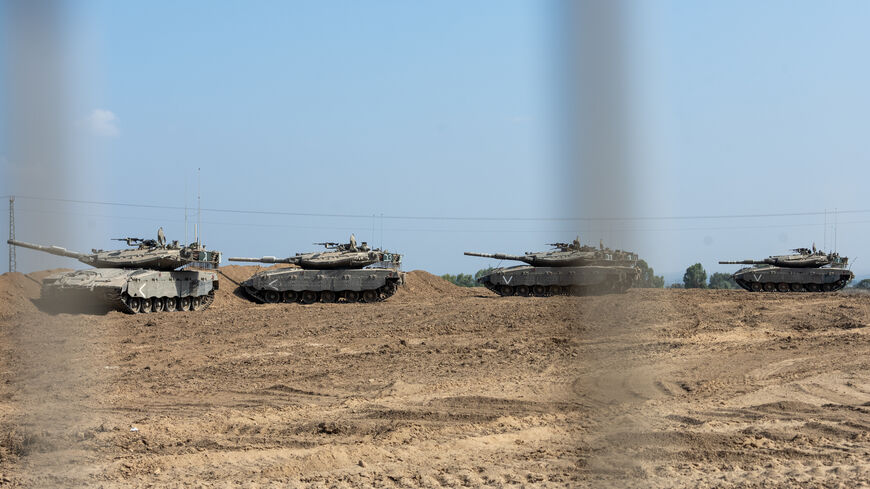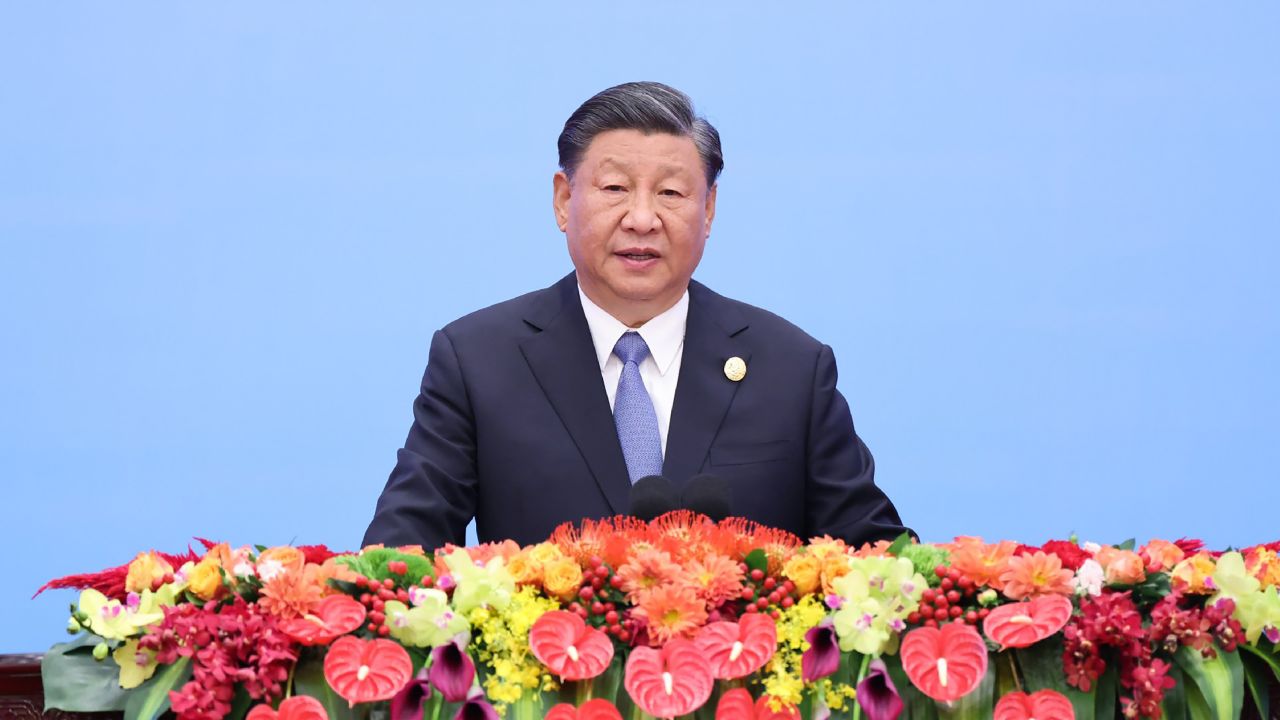NOURIEL ROUBINI

Hamas’s barbaric massacre of at least 1,400 Israelis on October 7, and Israel’s subsequent military campaign in Gaza to eradicate the group, has introduced four geopolitical scenarios bearing on the global economy and markets. As is often the case with such shocks, optimism may prove misguided.
In the first scenario, the war remains mostly confined to Gaza, with no regional escalation beyond the small-scale skirmishes with Iranian proxies in countries neighboring Israel; indeed, most players now prefer to avoid a regional escalation. The Israel Defense Forces’ Gaza campaign significantly erodes Hamas, leaving a high civilian casualty toll, and the unstable geopolitical status quo survives. Having lost all support, Israeli Prime Minister Binyamin Netanyahu leaves office, but Israeli public sentiment remains hardened against accepting a two-state solution. Accordingly, the Palestinian issue festers; normalization of diplomatic relations with Saudi Arabia is frozen; Iran remains a destabilizing force in the region; and the United States continues to worry about the next flare-up.
The economic and market implications of this scenario are mild. The current modest rise in oil prices would recede, because there will have been no shock to regional production and exports from the Gulf. Though the US could try to interdict Iranian oil exports to punish it for its destabilizing role in the region, it is unlikely to pursue such an escalatory measure. Iran’s economy would continue to stagnate under existing sanctions, deepening its dependence on close ties with China and Russia.












